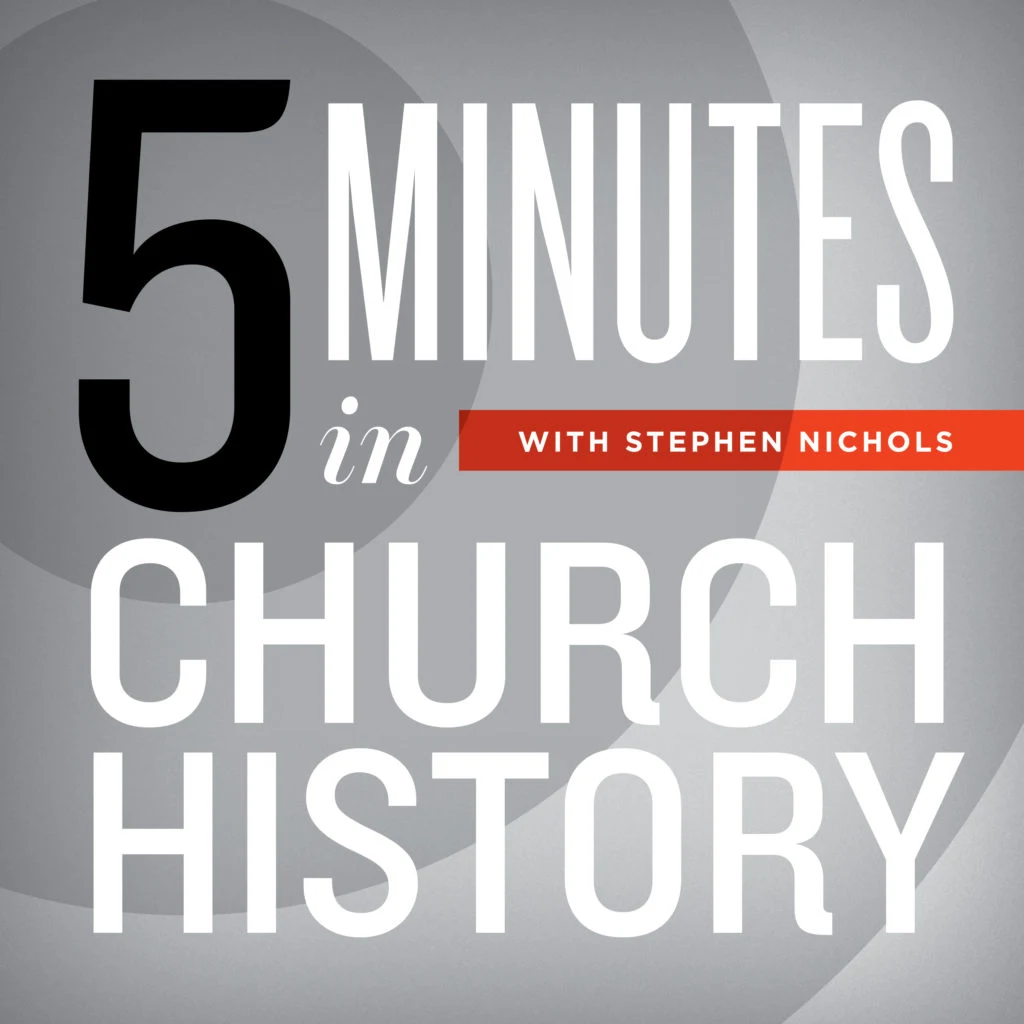Sunken Treasure

Not too long ago, a sunken treasure was discovered off the coast of Cape Canaveral in Florida. Today, Dr. Stephen Nichols invites us to sift through the sand with him to discover important relics from church history.
Welcome back to another episode of 5 Minutes in Church History. On this episode, we are not going back very far at all. We are only going back to the year 2016. In that year, off the coast of Cape Canaveral, a sunken treasure was discovered. About three feet under the sand was recovered three bronze cannons, a monument with a mark of the King of France, and that would be King Charles, and there were also many iron cannons, many anchors, all sorts of other items, all from the shipwreck La Trinité. Now, this was a very important moment in history and a very important moment in church history.
We can go back to 1564 for this. In that year, French Huguenots, under the direction of Laudonniere and Captain Jean Ribault, established Fort Caroline on the banks of the St. Johns River just south of modern-day Jacksonville. The Spanish came in and established St. Augustine in 1565, a little bit down the coast to the south of Fort Caroline.
Well, hearing of this, Ribault and his soldiers set out in La Trinité, accompanied by six other boats, and they were going to wage war on the Spanish. As they set sail however, a hurricane came up, and it drove their ships to the south. The La Trinité was sunk. The other ships were battered by waves and winds and ended up across the shore. What many historians believe is that the ships were just so destroyed and the debris so scattered that it just was never recovered.
Well, the Spanish gathered up these French soldiers and massacred them. The place is known as Fort Matanzas, and it’s right on the Matanzas River. This is just a few miles south of St. Augustine, and Matanzas is the Spanish word for, “slaughter.” They then established the larger fort in St. Augustine. And for the next decades and centuries, the Spaniards controlled not only Central America, and South America, but what was called La Florida.
And La Florida encompassed what is today Florida but ran all the way over on the Gulf Coast and past Texas. And so, we have the Spanish settlement of what would become the Southern United States. Of course, the English are controlling the northern colonies, and if La Florida stretched across much of the south, the north was simply known as Virginia, and New England was known as the northern parts of Virginia. I often tell my students, “Geography was very simple in colonial America. There was Florida and Virginia.”
Well, let’s go back to the story of Jean Ribault, the captain, caught in this hurricane captured by the Spanish and martyred there. It was Ribault, who a few years prior, held what was indeed the first Thanksgiving service on American soil. It was Ribault who had the first public prayer meeting on American soil, and he had the first hymn sing. These were French Huguenots, so they brought with them their Genevan Psalters, and when they landed, they sang hymns.
Well, just before his death, he and his fellow soldiers were asked if they were Catholics or Lutherans, and they were all given the opportunity to convert to Catholicism before their death. Of course, they did not do that, and they also said, ‘We are not Catholics or Lutherans.’ These were Reformed people. And so Ribault replied that, ‘We are all of the new religion.’
And then he recited from memory before he died Psalm 132, and it begins with these words in Latin. “Domine! Momento Mei.” “Lord, remember me.” Having finished Psalm 132, Ribault said, ‘From dust we have come and to dust we must return.’ Well, that is the story of Ribault and the Huguenots and the sunken treasure, La Trinité, discovered in 2016. I’m Steve Nichols and thanks for listening to 5 Minutes in Church History.
Recent Episodes
Christmas in New England
December 24, 2025|General Church History
A Little Church History of a Middle Colony: The First Great Awakening
December 17, 2025|American Church History
A Little Church History of a Middle Colony: Early Influences
December 10, 2025|American Church History
Gunpowder and a Proclamation
December 3, 2025|Geographical Perspectives
Thanksgiving in Church History
November 26, 2025|American Church History
3 Sermons on the Hallelujah Chorus
November 19, 2025|General Church History
